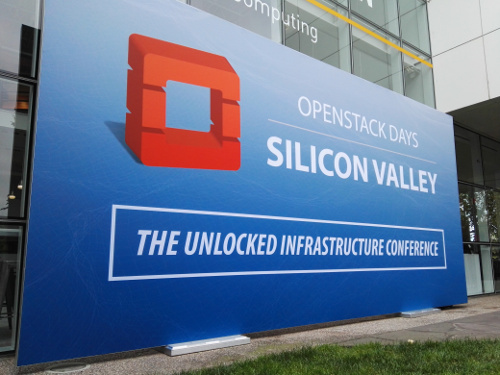OpenStack Newton Debuts With Improved Container Features

The latest release of widely deployed OpenStack open-source cloud platform improves security, virtualization and networking
What Magnum has become is a cluster manager for container services, he said. It can be used with Kubernetes, Docker Swam and Apache Mesos container orchestration technologies.
“When you use Magnum, you create clusters that have resources assigned to them and it provisions one of the orchestration technologies onto the cluster,” Bryce said. “In OpenStack Newton, there have been updates to extend functionality, with the biggest item being support for bare metal deployments.”
The OpenStack Ironic project that enables bare metal resource deployments has been integrated with Magnum-enabling containers to get the performance benefits that bare metal hardware provides.
In the emerging market for container orchestration, competition for workloads has heated up this year with Docker integrating swarm orchestration capabilities into the Docker 1.12 engine. With OpenStack Magnum running inside of an OpenStack Newton platform, an operator can run multiple types of container orchestration, including both Docker Swarm and Kubernetes, on the same cloud.
Read More: What next for Openstack as it celebrates sixth birthday?
Magnum
 “Within a single Magnum environment you can have nodes that are running Kubernetes and nodes that are running Docker Swarm,” Bryce said. “Magnum itself doesn’t schedule containers; it manages the container cluster itself.”
“Within a single Magnum environment you can have nodes that are running Kubernetes and nodes that are running Docker Swarm,” Bryce said. “Magnum itself doesn’t schedule containers; it manages the container cluster itself.”
Another big set of container improvements lands in OpenStack Newton with the Kuryr project, which is a connector for container networking and OpenStack Neutron networks.
With OpenStack Newton it’s now possible for an operator to make use of Docker Swarm and Docker’s libnetwork container networking, connected to OpenStack Neutron with full isolation for the container traffic. Bryce added that the same thing can now be done with Kubernetes, connected through Kuryr to Neutron, enabling full control over network traffic, isolation and security policies.
Split Development Cycle
The OpenStack Newton release is debuting at an inflection point for OpenStack development as the project is gearing up to change how it handles development summits and the release cycle. The next OpenStack Summit is occurring in Barcelona, Spain, Oct. 25-28.
To date, every OpenStack Summit has also included a Design Summit, where developers gather to talk about the next release. After the Barcelona Summit, a new process will come into place in a bid to accelerate innovation.
“What we’re doing is splitting up the Design Summit that would happen at an OpenStack Summit into two parts,” Bryce said. “Barcelona will be the last traditional Design Summit.”
One of those new parts will be call the OpenStack Forum, which will continue to happen at OpenStack Summits, which occur every six months. The first OpenStack Forum is scheduled for the OpenStack Summit in Boston in May 2017. The goal of the OpenStack Forum is to get developers to look at more strategic requirements and roadmap concepts.
The other part of the Design Summit split will be the new Project Team Gathering (PTG), with the first such event set to occur in February 2017 at the end of the OpenStack Ocata release cycle.
“The PTG will be a very technical and implementation-oriented set of working sessions for developers,” Bryce said. “It’s really meant for regular contributors that are producing the software to give them focused space to work on hard technical issues.”
Quiz: The Cloud in 2016!
Originally published on eWeek